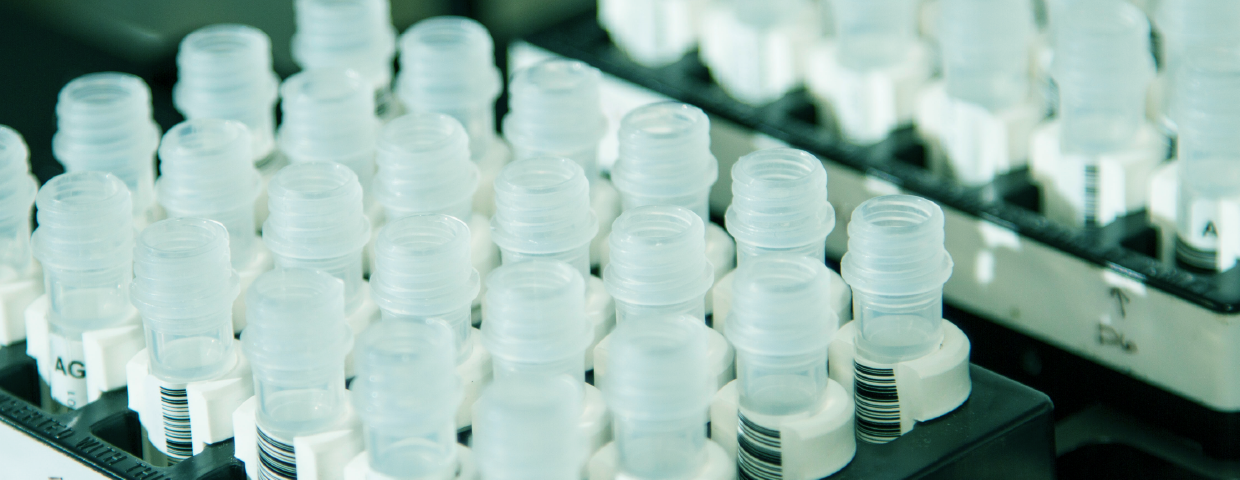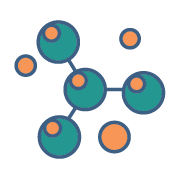
The first and most prevalent method used to detect COVID-19 is through molecular testing. The collection methods may vary slightly in reagents, all methods are used to detect specific parts of the viral genome. For COVID-19 tests, it starts with a nasal swab. Here’s how a COVID-19 test looks.
 Step 1: Collecting Viral Samples
Step 1: Collecting Viral Samples
A medical professional will swab inside of your nose to capture a sample containing viral particles. This swab is broken at the break line and placed in a sterile vial. After recording the collection, medical offices and testing centers will send the vial to the lab.
Though a nasal swab is what is used to test for COVID-19, there are other types of samples a doctor could collect for other types of tests. For example, if you are no longer having symptoms of COVID-19 but suspect that you have had it in the past, a blood sample might be taken to test for COVID-19 antibodies. However, the most effective way to detect is a person currently has COVID-19 is through molecular testing.
 Step 2: Extracting Genetic Material From the Sample
Step 2: Extracting Genetic Material From the Sample
Once your sample makes it to the lab, the next step is to extract genetic material from the virus to determine what has infected you. This process involves breaking open the viral genome (RNA) using chemical reagents to the sample and repeatedly spinning it in a centrifuge. Not all viruses use RNA to carry their genetic material; some use DNA. In particular, COVID-19 uses RNA.
 Step 3: Copy DNA from the RNA
Step 3: Copy DNA from the RNA
The RNA found in the sample is copied and combined with the building blocks for DNA and special enzymes that copy the RNA code into DNA. The new DNA must be copied multiple times so that there is enough to study it. This is called polymerase chain reaction (PCR). Short sequences of DNA that are unique to COVID-19, or other pathogens are added to the sample. If these sequences, called primers, match up with the DNA sequences then the DNA replicates.
 Step 4: Communicating the Result
Step 4: Communicating the Result
If the primers associated with COVID-19 match and the genetic material replicates, then the COVID-19 pathogen is present in the sample. Based on the volume of replication a positive or negative result is determined. A positive result means that the person is infected and considered to be able to transmit the disease.
If there is no SARS-COV-2 in the sample, then the primers won’t copy any genetic material and the test is negative. A negative result cannot tell whether a person is immune from a past infection or has yet to be exposed and is still in danger of getting the virus.
Results are identified within a few hours of the start of the test. Once results are confirmed by a lab technician, they are communicated to the healthcare provider.
Why Molecular Testing is Important
Molecular testing has become a routine part of the healthcare industry. PCR testing has proven to provide faster and more accurate results. According to the CDC, 70% of today’s medical decisions depend on laboratory results and over 14 billion lab tests are ordered annually. These tests are required for effective diagnosis and treatment of disease.
Want More COVID Tips?
For more information about how to stay safe during the COVID-19 pandemic, follow us on social media! We’re on Facebook, Instagram, Twitter, and LinkedIn.
Click here for more information about our COVID-19 testing.







